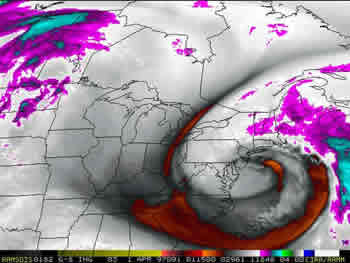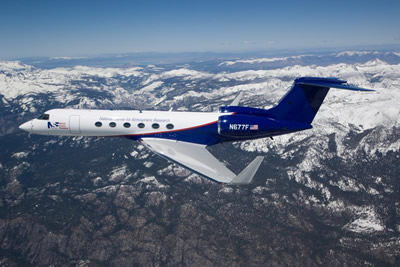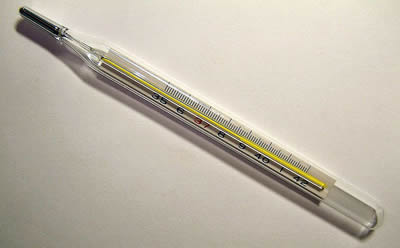Classification of Wind Speeds
Beaufort number |
Wind speed (km/hr) |
International description |
US Weather Bureau description |
Effect of wind on the Sea |
| 0 |
<1 |
Calm |
Light Wind |
Small wavelets |
| 1 |
1-5 |
Light Air |
Light Wind |
Small wavelets |
| 2 |
6-11 |
Light Breeze |
Light Wind
|
Small wavelets
|
| 3 |
12-19 |
Gentle Breeze |
Gentle-moderate |
Large wavelets to small waves |
| 4 |
20-28 |
Moderate Breeze |
Gentle-moderate |
Large wavelets to small waves |
| 5 |
29-38 |
Fresh Breeze |
Fresh wind |
Moderate waves, many whitecaps |
| 6 |
39-49 |
Strong gale |
Strong wind |
Large waves, many whitecaps |
| 7 |
50-61 |
Fresh Breeze |
Strong wind |
Large waves, many whitecaps |
| 8 |
62-74 |
Fresh gale |
Gale |
High waves, foam streaks |
| 9 |
75-88 |
Stong gale |
Gale |
High waves, foam streaks |
| 10 |
89-102 |
Whole gale |
Whole gale |
Very high waves, rolling sea |
| 11 |
103-117 |
Storm |
Whole gale |
Very high waves, rolling sea |
| 12-17 |
>117 |
Hurricane |
Hurricane |
Sea white with spray and foam |
 Movie about the Beaufort Scale of Wind Speeds
Movie about the Beaufort Scale of Wind Speeds
You might also be interested in:

Wind is moving air. Warm air rises, and cool air comes in to take its place. This movement creates the winds around the globe. Winds move at different speeds and have different names based on their speed.
...more
Northeasters, also known as nor’easters, are cold winds that can bring heavy snow or sleet. These winds blow from 40-55 mph (64.5-88.7 kph). They are classified as gale winds. Most snowstorms in the eastern
...more
Rainbows appear in the sky when there is bright sunlight and rain. Sunlight is known as visible or white light and is actually a mixture of colors. The sun's rays pass through millions of raindrops. A
...more
It takes the Earth one year to travel around the sun one time. During this year, there are four seasons: summer, autumn, winter, and spring. Each season depends on the amount of sunlight reaching the
...more
Scientists sometimes travel in airplanes that carry weather instruments in order to gather data about the atmosphere. These research aircraft bring air from the outside into the plane so scientists can
...more
An anemometer is a weather instrument used to measure the wind (it can also be called a wind gauge). These instruments can be used in a backyard weather station or on a well-equipped scientific research
...more
Thermometers measure temperature. "Thermo" means heat and "meter" means to measure. You can use a thermometer to measure the temperature of many things, including the temperature of
...more
 Movie about the Beaufort Scale of Wind Speeds
Movie about the Beaufort Scale of Wind Speeds













